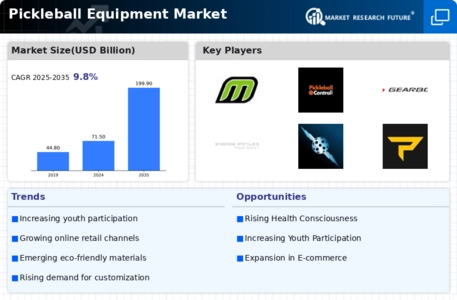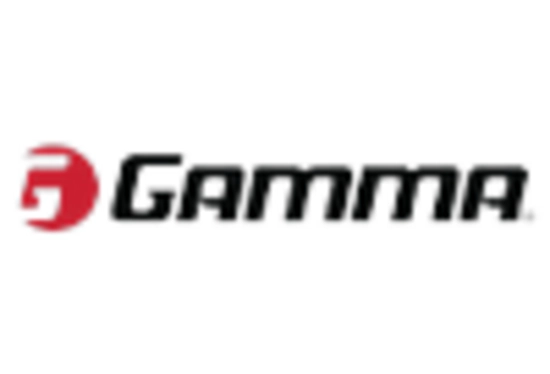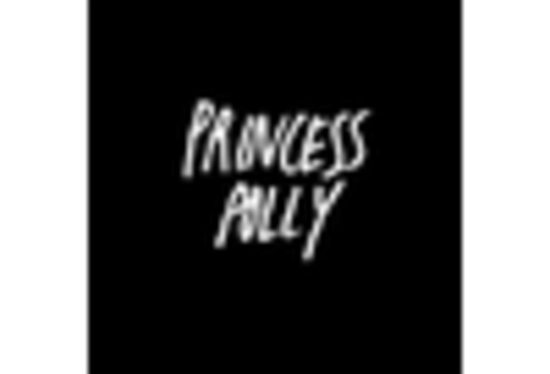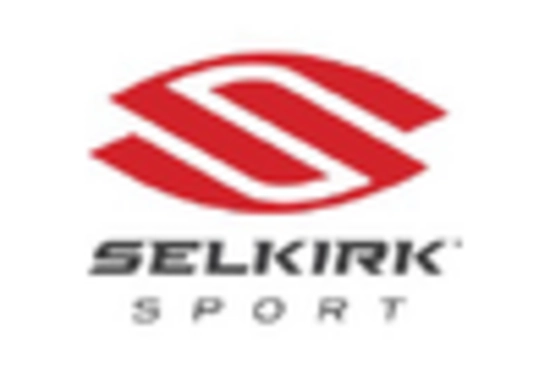Market Analysis
In-depth Analysis of Pickleball Equipment Market Industry Landscape
Graphite, renowned for its exceptional conductivity and remarkable lubricating properties, plays a pivotal role in various industries, particularly making substantial contributions to the automotive sector. Its high natural lubrication and lightweight characteristics position graphite as a key material in the manufacturing of diverse automotive components. This versatile substance finds application in critical automotive elements such as gaskets, clutch materials, engines, exhaust systems, and cylinder heads. In the automotive industry's historical context, asbestos stood as the primary component in brake pad linings. However, due to concerns regarding asbestos-related health risks, there arose a need for safer alternatives. Graphite emerged as a highly effective replacement for asbestos in brake pads, presenting additional advantages such as facilitating low-noise braking. This transition not only addresses health and safety concerns but also enhances the overall performance and efficiency of braking systems. Beyond its role in traditional automotive components, graphite assumes a critical position in the production of ultra-lightweight carbon-fiber reinforced plastic (CFRP). While CFRP initially found predominant use in the aerospace and Formula One automotive sectors, its popularity has expanded to the passenger car industry. The lightweight nature of CFRP contributes significantly to reducing fuel consumption and lowering CO2 emissions, aligning with the growing emphasis on sustainable and environmentally friendly automotive solutions. An illustrative example of this trend is the collaboration announced in September 2011 between the SGL Group, a Germany-based carbon graphite company, and the BMW Group. This joint venture aimed to produce CFRPs for BMW's innovative i series of electric vehicles, leveraging the lightweight and durable qualities of graphite-infused materials. Such partnerships signify the integration of advanced materials, like graphite, into the automotive landscape, driving the development of cutting-edge electric vehicle technologies. Furthermore, the SGL Group, in a strategic move to meet the escalating demand for CFRPs, unveiled plans in September 2014 to triple production capacities at its carbon fiber plant in Moses Lake, Washington. This expansion underscores the anticipation of increased demand for graphite, as the automotive industry continues to shift towards lightweight, high-performance materials to enhance overall efficiency and sustainability. Graphite's unique properties, including its conductivity and lubricating capabilities, make it an indispensable element in the automotive industry. Its role extends beyond traditional applications, with graphite now contributing significantly to the development of advanced materials like CFRP. As the automotive sector increasingly embraces lightweight and environmentally conscious solutions, the demand for graphite is poised to escalate. Collaborations between industry leaders and strategic expansions further emphasize the integral role of graphite in shaping the future of automotive technologies.









Leave a Comment